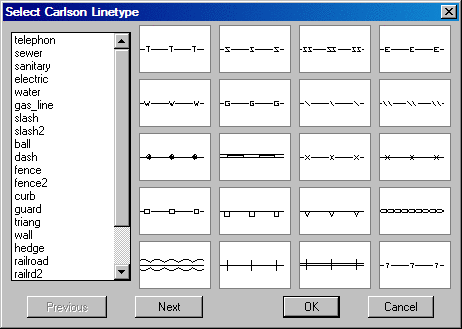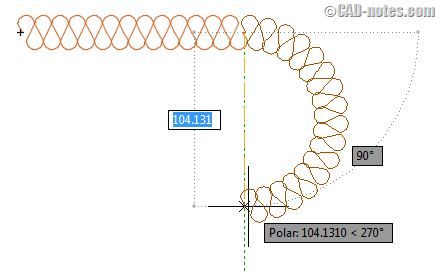
Now, let's create a square and two circles. After that only, the linetype will be reflected in our drawing. Note: We need to recheck that whether the selected line type appears in front of the Current Linetype or not. Click again on the Zigzag linetype and press the 'Current' button to reflect the linetype into the current drawing.The Linetype Manager will display the selected Zigzag Linetype.Click on the chosen Linetype and press OK button, as shown below:.Here, we have selected the Zigzag linetype. Select the desired linetype from the list.


We can select the desired linetype according to the requirements.

We have reproduced a small portion of it here. The ByBlock is used to display the current linetype of the objects. The easiest approach: One simple way to create an additional text linetype is to copy one of the examples in the ACAD.LIN file. The linetype of such objects is allocated to the current layer. The ByLayer is used to display the objects. We are required to load the Line type in the Linetype manager before implementing on the drawing. It is also used in layers, where we can define different LineTypes for different layers.įor example, the Continuous Linetype appears like a solid unbroken line. We can adjust the line width and Linetype according to the requirements. Whenever you insert that block, the objects inherit the linetype of the block.Linetype in AutoCAD is defined as the pattern of symbols, dots, text, dashes, continuous lines, etc. If you enter byblock, new objects are drawn using the CONTINUOUS linetype until they are grouped into a block. If you enter bylayer, new objects inherit the linetype associated with the layer on which the object is drawn. If the linetype cannot be found, the program displays a message and returns you to the Command prompt.Įnter ? to list all loaded linetype names. If the linetype you request is not loaded, the program searches for its definition in the LIN file.

All new objects are drawn with this linetype, regardless of the current layer. The linetype you enter becomes the current linetype. You can control the linetype of objects individually or by layer. Sets the current linetype for objects that will be drawn subsequently. Enter or select the file in which the linetype you want to load is stored. The Select Linetype File dialog box (a standard file selection dialog box) is displayed. The following files contain standard linetypes: Loads a linetype whose definition exists in a file.


 0 kommentar(er)
0 kommentar(er)
